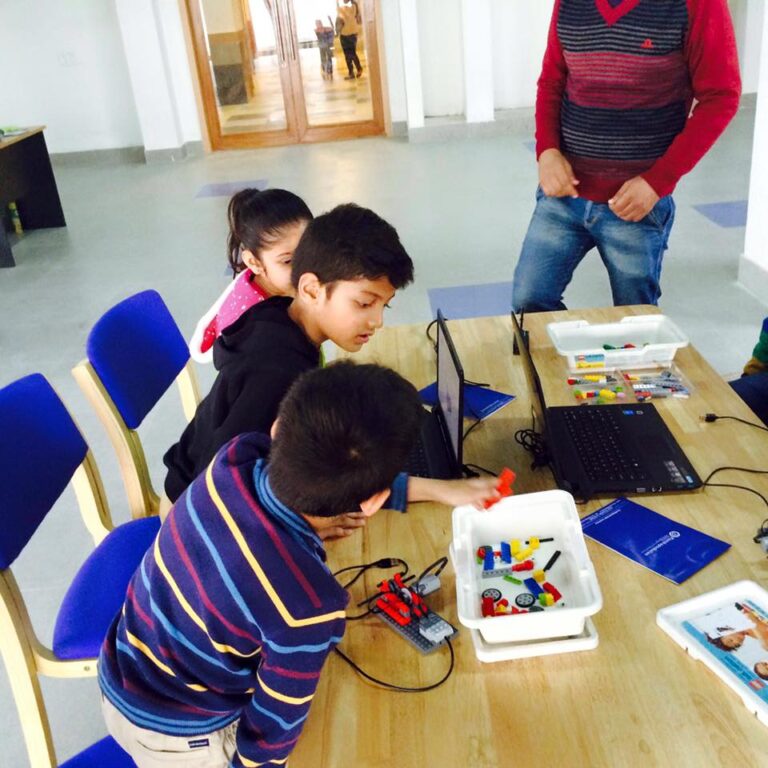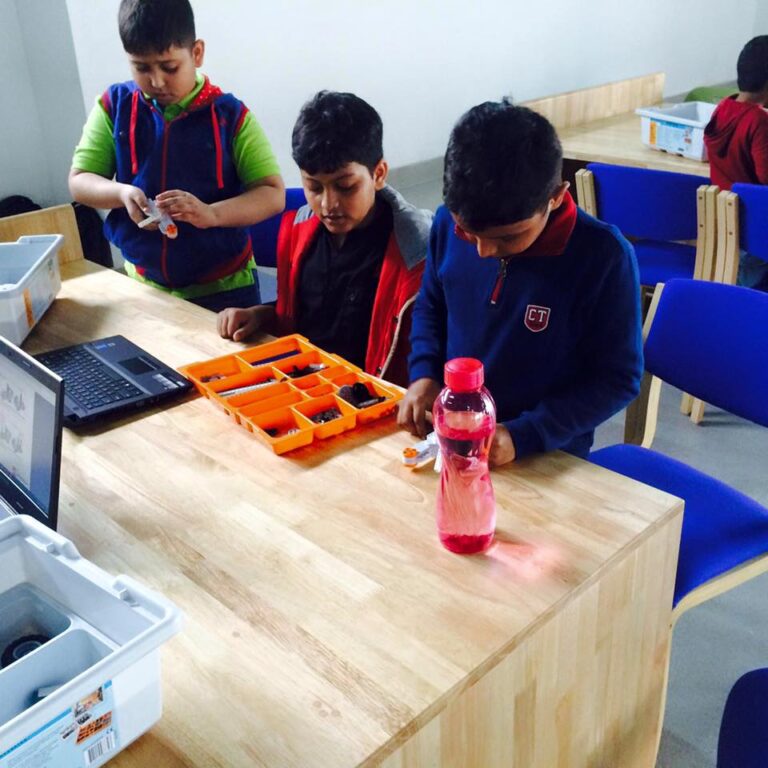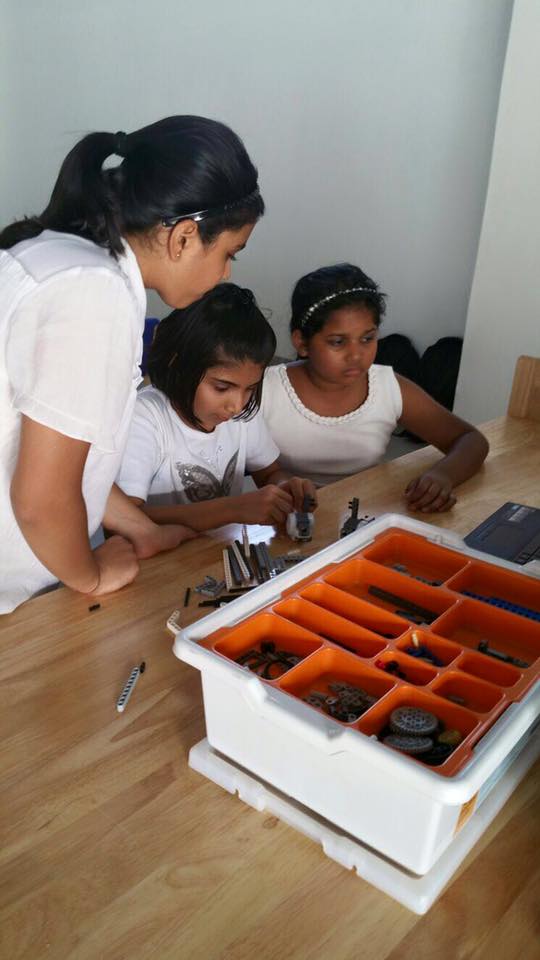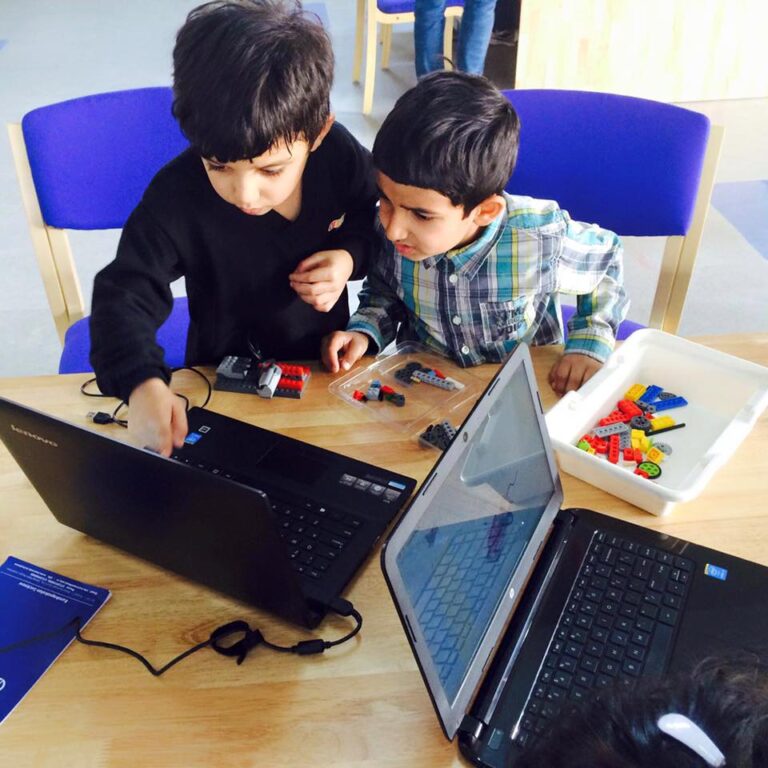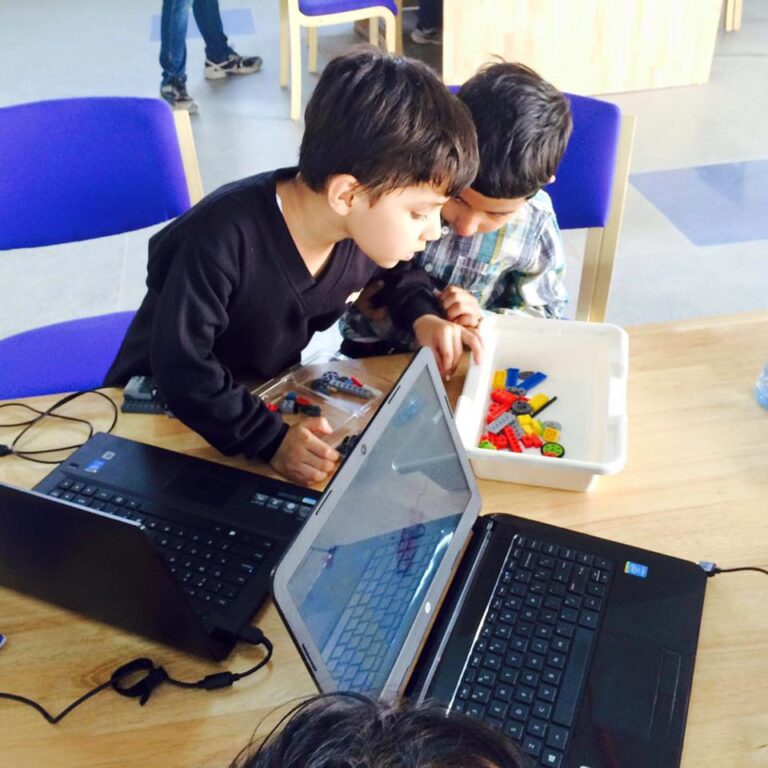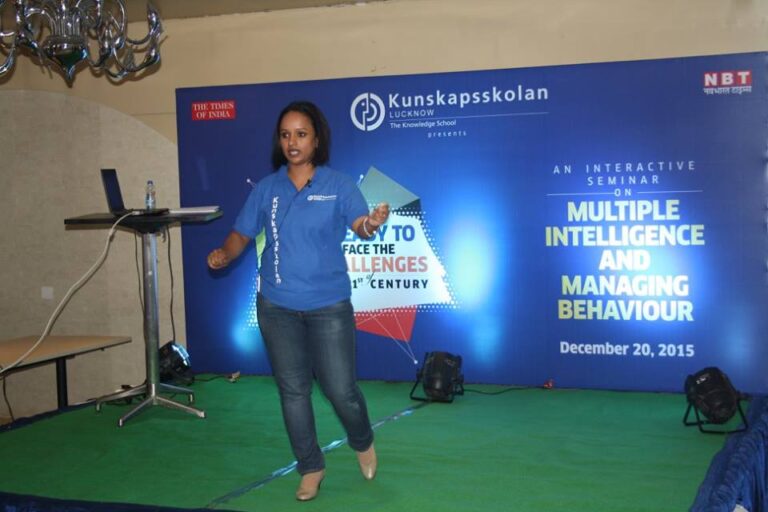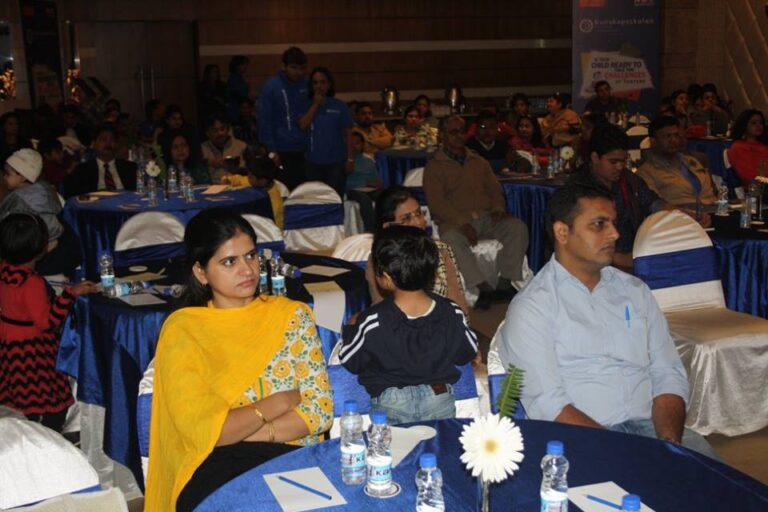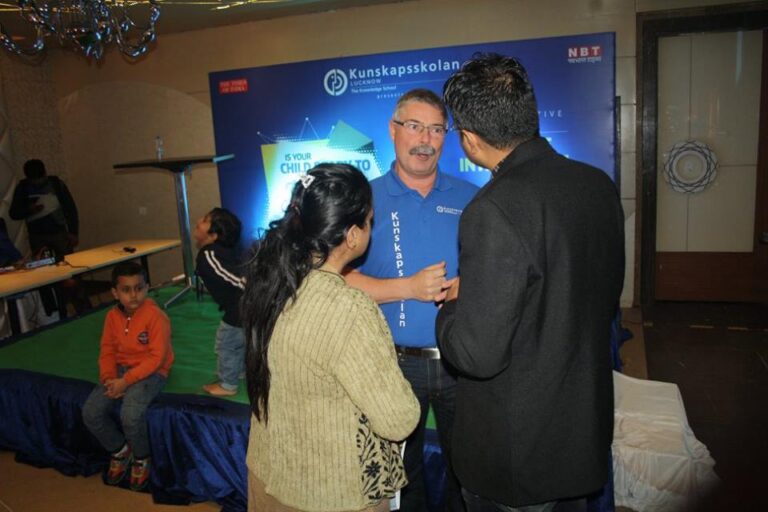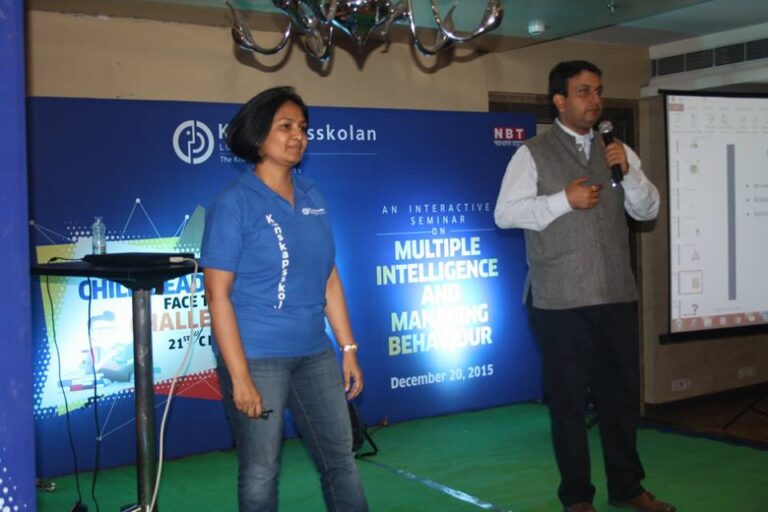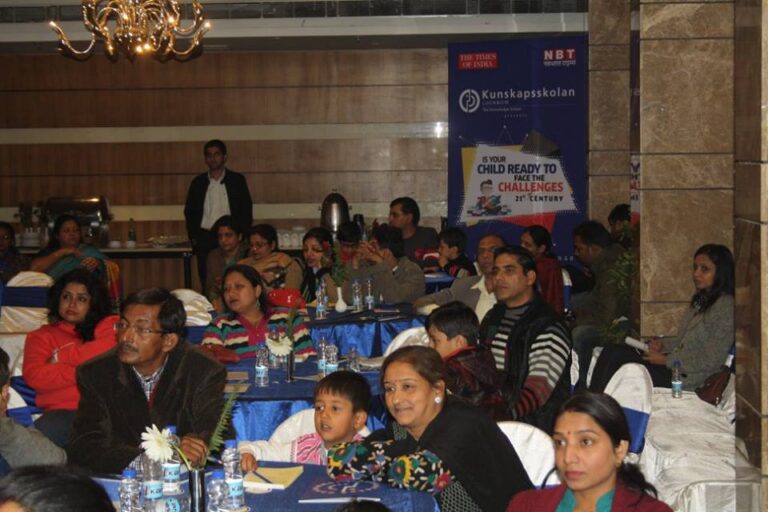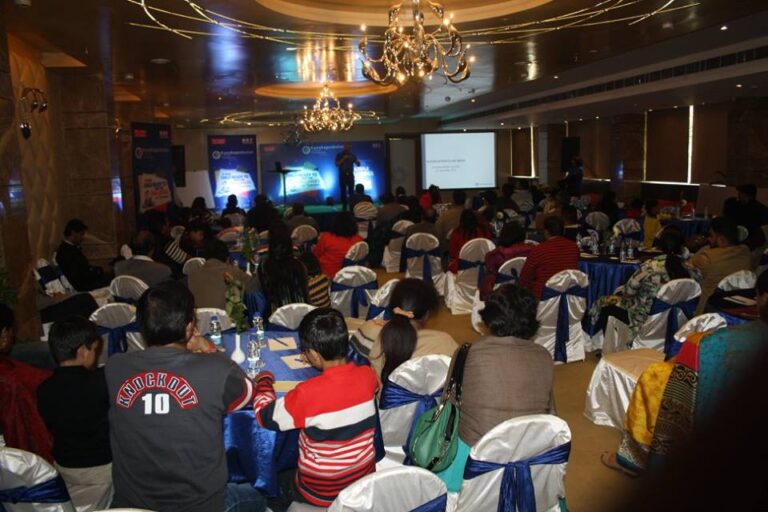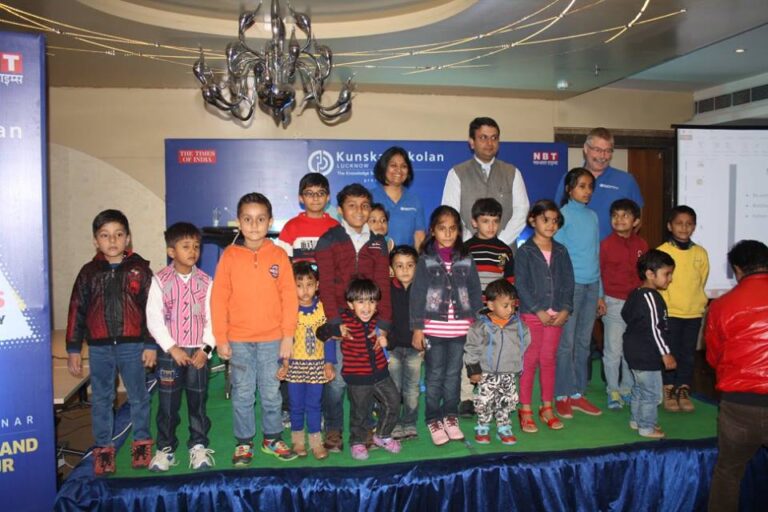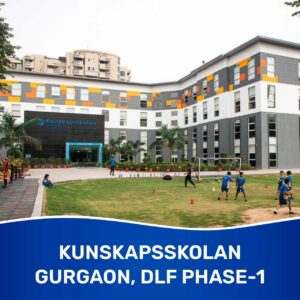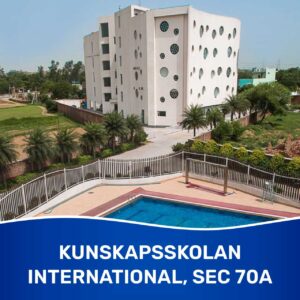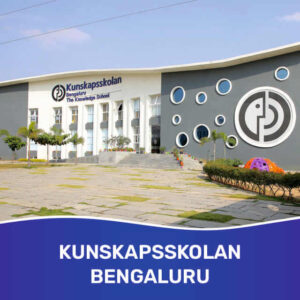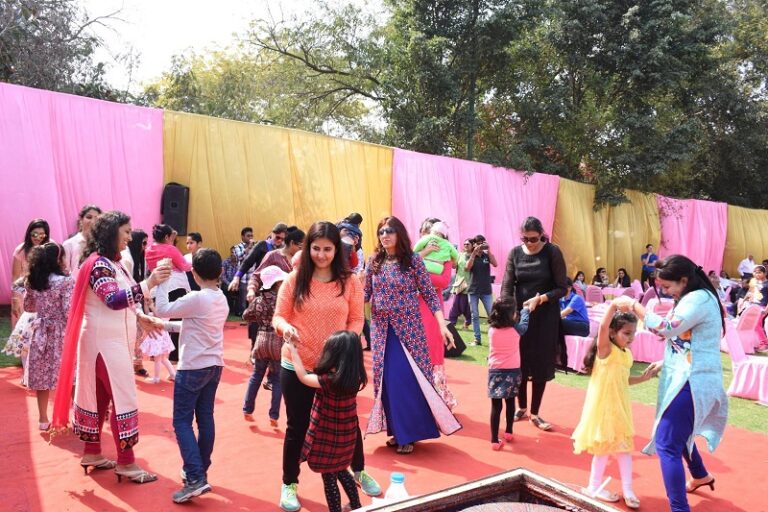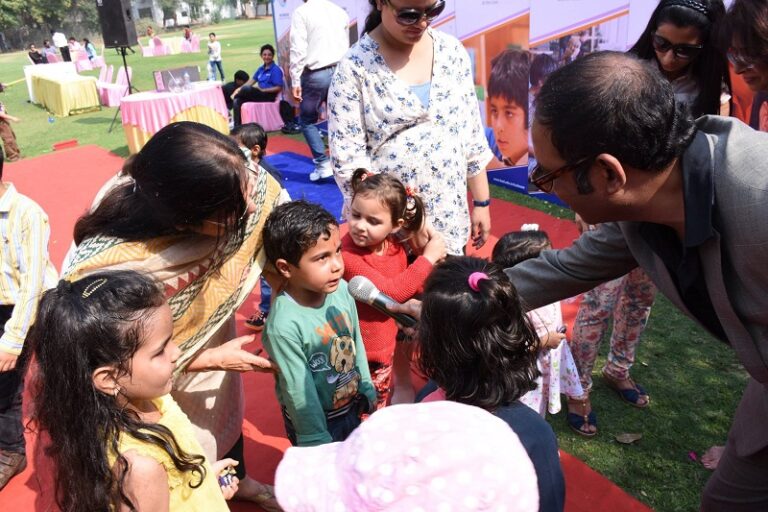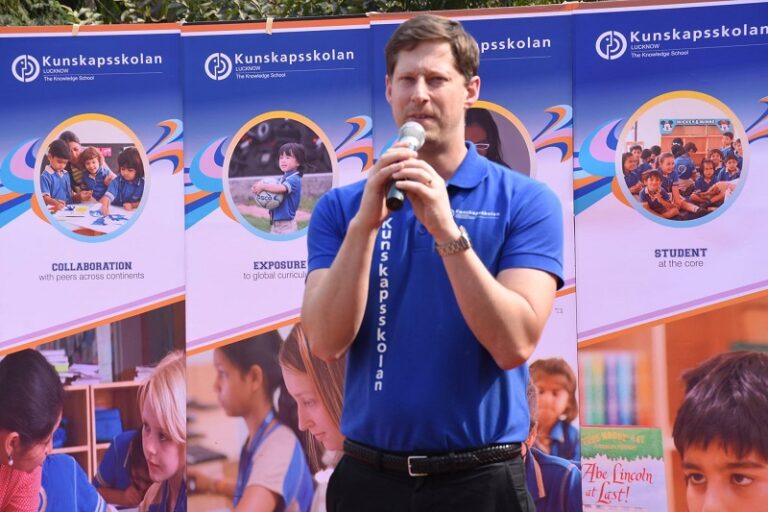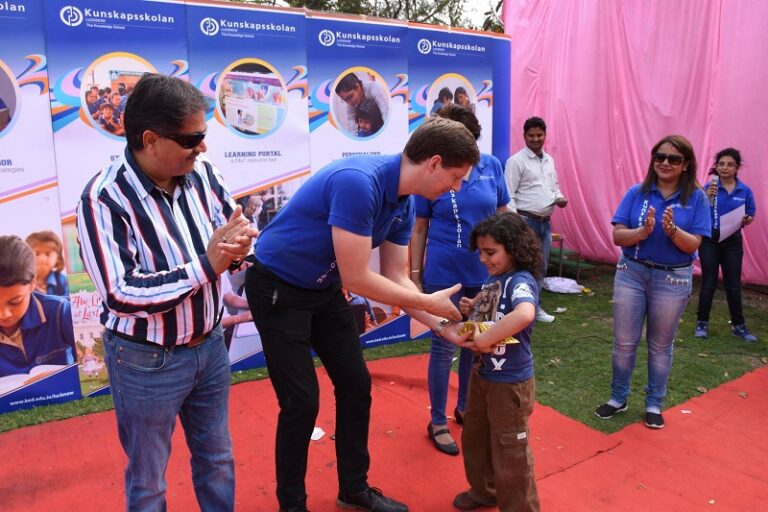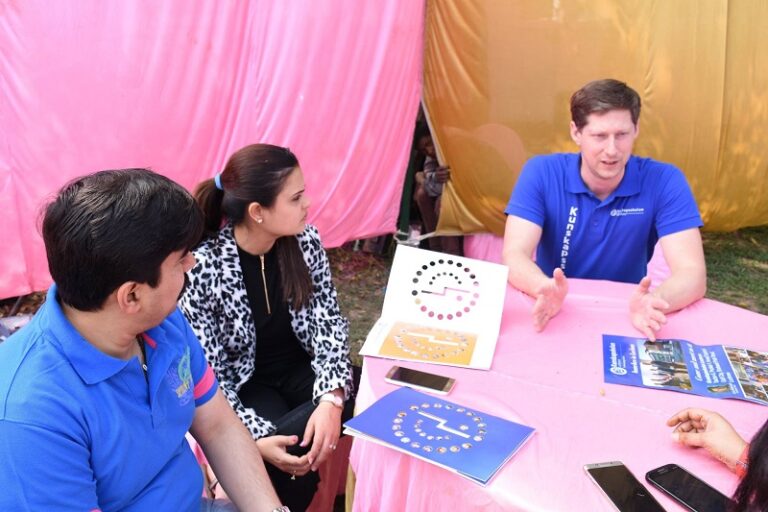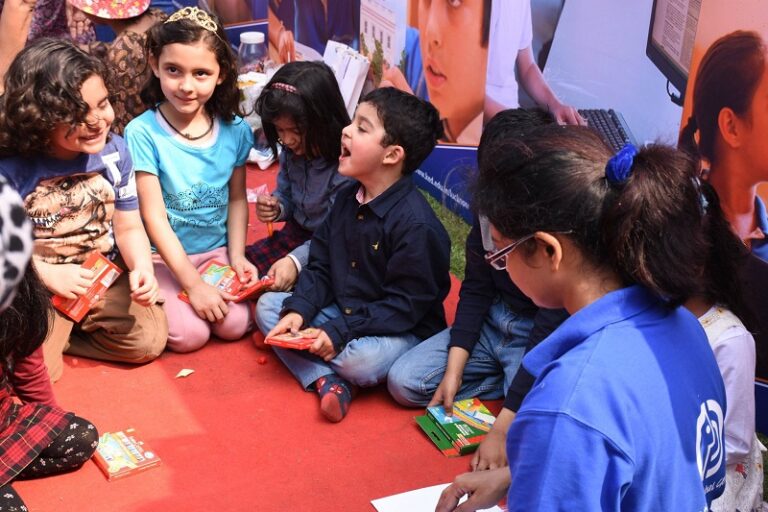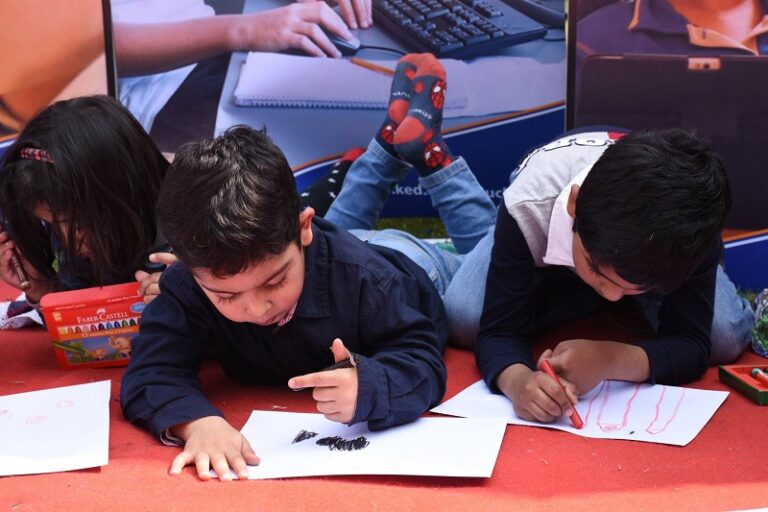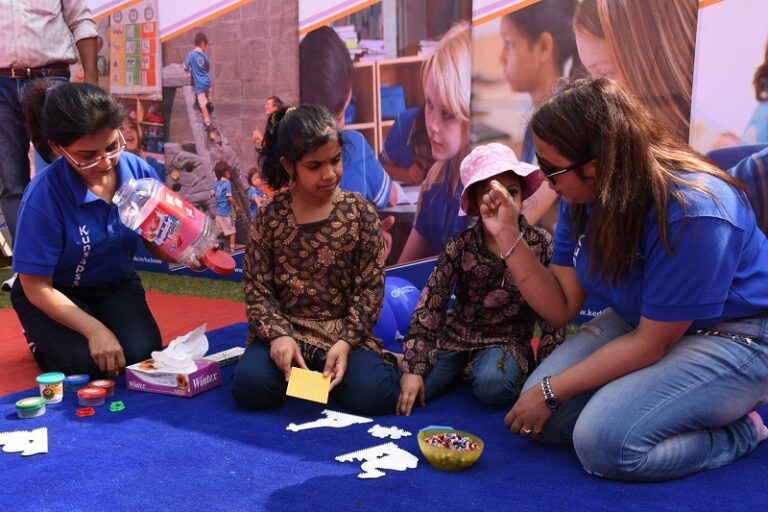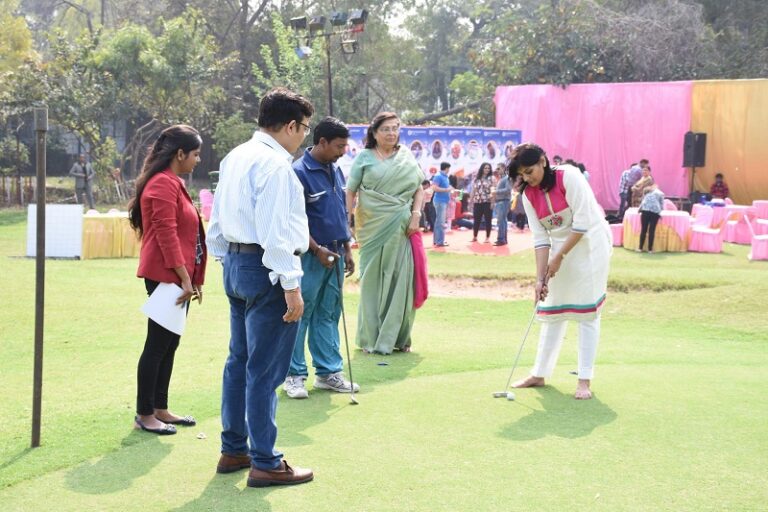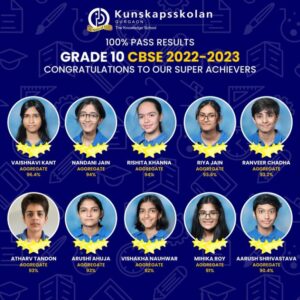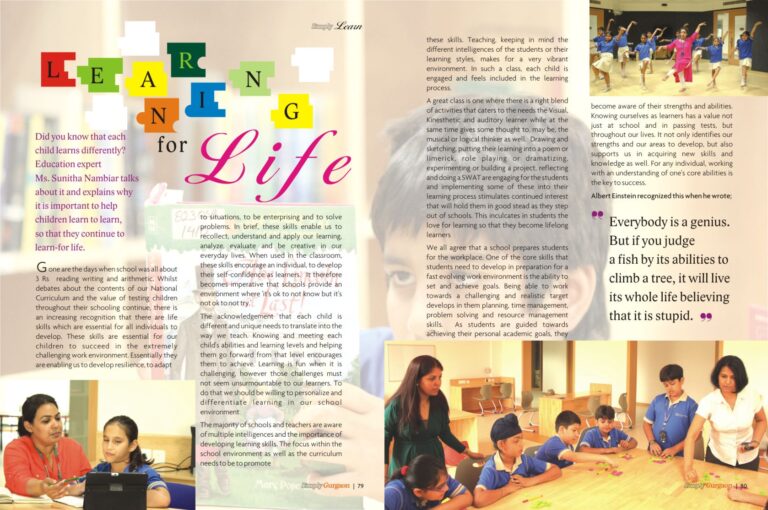December 30, 2023


















Mail
- admin
- 0
AUGUST & SETEMBER BLOG
Language and Literature
[ August - September ]
After successfully writing our own story on our imaginary mythical character we were engaged in the process of crafting our own legends based on our understanding and discussions in class. In addition to this creative endeavor, we also successfully completed an assignment in which we had to establish connections between the statement of inquiry and the myths we studied.
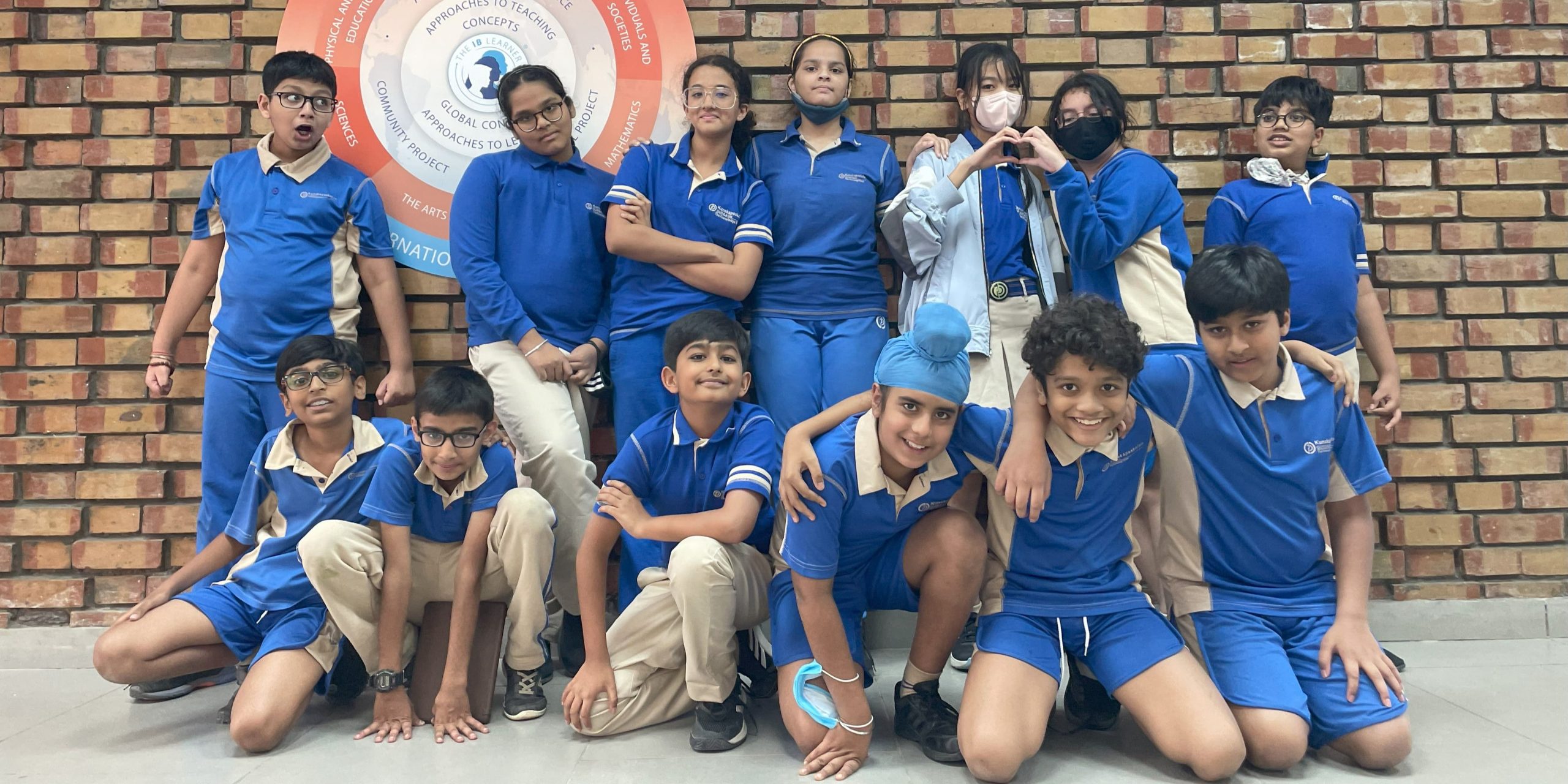
Language and Literature-2
[ August - September ]
In the Language and Literature (L&L) class, the students embarked on a study of short stories, delving into a selection of notable works. They engaged with texts such as ‘Fish Cheeks’ by Amy Tan, ‘Seventh Grade’ by Gary Soto, ‘Charles’ by Shirley Jackson, and ‘The Necklace’ by Guy De Maupassant. As part of their learning journey, they conducted character analyses, highlighting their insights into the characters’ traits and developments, while also honing their annotation skills to identify and discuss the story elements at play. To culminate this topic, students were tasked with creating their own short story. They were given the creative freedom to present their narratives in either comic strip or podcast formats, allowing them to apply their newfound knowledge and storytelling skills.

Language acquisition French
[ August - September ]
In French we have been working on our linguistic skills through listening to instructions in French, reading and responding in the language. We watched audio videos in the target language to enhance our vocabulary. We further improved our usage of vocabulary and pronunciation in the language using the app DUOLINGO. We learnt about numbers, days, months, seasons, colors and various shapes through different games and hands-on learning engagements. As a part of developing our listening skills, we were made to have formal/informal conversations. This enhanced our understanding of the accents in French.

Language acquisition Hindi
[ August - September ]
In Hindi lessons, we explored the unit ‘स्वास्थ्य ही जीवन’ (Swasthya hi jeewan),in which we discussed both mental and physical well-being. We connected the evolution of food and its importance in our life and culture.The focus of the unit was to encourage us to expand our vocabulary and to be able to communicate in the target language. As part of our assigned tasks we wrote an informal letter to a friend stating the importance of health.

I&S
[ August - September ]
To commemorate the International Day of Peace, 21st September, we were given an opportunity to design posters on the theme “Dream of Peace”. We came up with creative posters on Peace Day and our ideas behind it. As the unit continued on “Global Citizenship”, we were introduced to the concept of Gender Inequality as a part of Human Issues. We were divided into groups to investigate “Case studies on Gender Inequality in Haryana,” with the aim to showcase our understanding of gender inequality, its causes, effects, and potential solutions. Formative assessment was done on Criteria A and was assessed both by the teacher as well as the students as a part of Peer Evaluation. We were also taught the skill of source analysis where we were exposed to different pictures/images/cartoons through which we have to interpret the meaning behind the sources.

I&S-2
[ August - September ]
In our Individuals and Societies (I&S) lessons, we delved deeper into the realm of explorations and explorers, with emphasis on the concept of trade routes. To showcase our grasp of the learning, we painstakingly created a multitude of informative charts imagining ourselves as Explorers and their journey through silk and spice route. Currently we are focusing on the evolution of Money – from barter system to bitcoins, Food – from basics of cereals and pulses to different cuisines of the world, Clothing – from the era of leaves to sustainable clothes. We also got a great opportunity to interact with our Guest Speaker from the Fashion Industry, and learnt about Evolution of Clothes and the way forward to Sustainable fashion/ clothing.

Science
[ August - September ]
In science lessons we explored the human Skeletal System by analyzing images and diagrams of various bones and the human skeleton, keenly noting their shape and sizes. By discussing the importance of bones in the human body, we actively promoted ourselves to generate inquiry questions and nurtured our curiosity about how they function. An exciting highlight was the “Bone Sorting Activity,” where we meticulously examined and accurately categorized axial (such as the skull and vertebral column) and appendicular bones (including limbs and the pelvis). Additionally, we gained insight into diverse bone types and had a group activity involving the categorization of clues related to these bones. To solidify our understanding, we engaged in a classroom discussion to ensure the correct placement and identification of these bones, making our learning experience both informative and engaging.

Science -2
[ August - September ]
In our science class, we delved into a comprehensive exploration of cells, uncovering their role as the fundamental units of life. We extensively covered topics such as cell theory, various cell types along with their intricate structures and functions, the measurement of cell sizes and their constituent units, as well as the significance of calculating the surface area and volume of cells. We also examined essential cell components like the cell membrane and, most recently, the cell nucleus. To gain a deeper understanding of the subject matter, we actively participated in a range of educational activities like build your own nucleus , Under the microscope, followed by a presentation on Evolution of microscopes to present day electron microscope along with various worksheets and quizzes, and the consumption of multiple educational videos related to cells.

Mathematics
[ August - September ]
In mathematics lessons we started with the study of powers and roots. We used various games to enhance our understanding of the concepts. We delved into the concepts of factors and multiples. We were able to identify the numerical patterns to work on the divisibility rules. This enhanced our understanding of number systems.

Mathematics - 2
[ August - September ]
In Mathematics, we started with the conceptual understanding of Ratios connecting it to patterns in real life. We used our understanding of Ratio to Proportions. We applied this understanding to the concept of scalability in Recipes and Navigation. We extended our learning to decimals, fractions and percentages connecting it to ratio and proportions.

Physical Health Education
[ August - September ]
In Physical and Health Education class, we have been working on the Yoga aesthetic routine. As part of our understanding we applied our learning of different asanas related to Surya Namaskar and its terminologies both in Sanskrit and English. We were able to perform all the 12 steps of Surya Namaskar effectively. Following each of our individual performances, we were posed several questions related to Yoga and Surya Namaskar. We also performed the ‘HARVARD STEP TEST’ to measure our aerobic fitness following which we checked our pulse rate and ended the session performing a few flexibility exercises. As a ‘VOICE & CHOICE session we selected the sports and activities that we preferred to engage in for the session.

Physical Health Education - 2
[ August - September ]
In our Physical and Health Education classes, we were engaged in a comprehensive study of different health related fitness components. We created podcasts on various elements of fitness. Subsequently, we shifted our focus towards Gymnastics, delving into both the theoretical and physical aspects of the sport. We researched on Artistic Gymnastics, gaining insights into the various apparatus utilized in this discipline, such as vaults and trampoline. In the physical domain, we acquired the skills necessary for executing forward, backward, and sideward rolls with precision and proper form. Currently, we are progressing in our training, honing our abilities on the balancing beam.

Design
[ August - September ]
We were given a complex yet very important concept to work on called ‘joints’ specifically “Hinges”. As a starter activity we created a 3D model of a “ Box with a Hinge ” using a tool called Tinkercad. Later we analyzed the problems related to the box without a hinge and after analyzing the problem/s, we presented their understanding of the ‘Box with a hinge.’ We are now working on our understanding of criterion B Developing ideas.

Design -2
[ August - September ]
In our design session we learnt to use the tool Tinkercad. Using this tool we got the basic working knowledge of Electronic Circuits and programming a microcontroller (Arduino Nano). We researched different circuit designs for creating a product. This was useful when we created our product which is a Piano using Arduino.

Visual Arts
[ August - September ]
In Visual Art, we embarked on a series of art-related activities. To begin with, we were introduced to a technique known as layering and glazing. The layering technique involves the use of a single color to produce various shades by gradually increasing the amount of pigment applied. The glazing technique is similar to layering, except that two or more hues are added in layers. We practiced these techniques and our drawing skills as well. We have researched and studied carefully an art movement of our choice by choosing a painting that aligned with the selected movement. As a follow up we made two artworks in a medium of our choice taking inspiration from the researched artwork.

Visual Arts - 2
[ August - September ]
In the Visual Arts class, we directed our attention toward the subject of Still Life through direct observation. We embarked on a journey to enhance our artistic skills, commencing with the practice of sketching still life objects and employing the fundamental elements of art in our work. Additionally, we delved into the diverse techniques of painting, encompassing concepts like layering and glazing. Upon completing this phase of our studies, we transitioned to study the color wheel, putting our acquired painting techniques into action. We are tasked with creating 2-3 sketches inspired by the works of a chosen artist, with the option to incorporate color using watercolors or other coloring techniques.

Performing Arts
[ August - September ]
1 – Culmination of Elements: Ice breaker Extravaganza! Students came together to showcase their talents across all three disciplines: dance, drama and music. The ice breaker engagement turned into a wonderful fusion of all elements of performing arts.
2 – Introducing the depth of emotions through warm up engagements: One of the most captivating sessions revolved around emotions. Students showed a lot of passion in participating in an engaging theatre game that was centred on portraying different emotions.
3 – Elements of Drama unveiled Students explored the fundamental elements of Dramatics. Through creative writing exercises, they unravelled the intricate layers of plot, character, acts and other elements.


Phone
(+91) 95917 48899
kedschools@ked.edu.in
Kunskapsskolan Campuses
Gurgaon,Bengaluru,Lucknow

